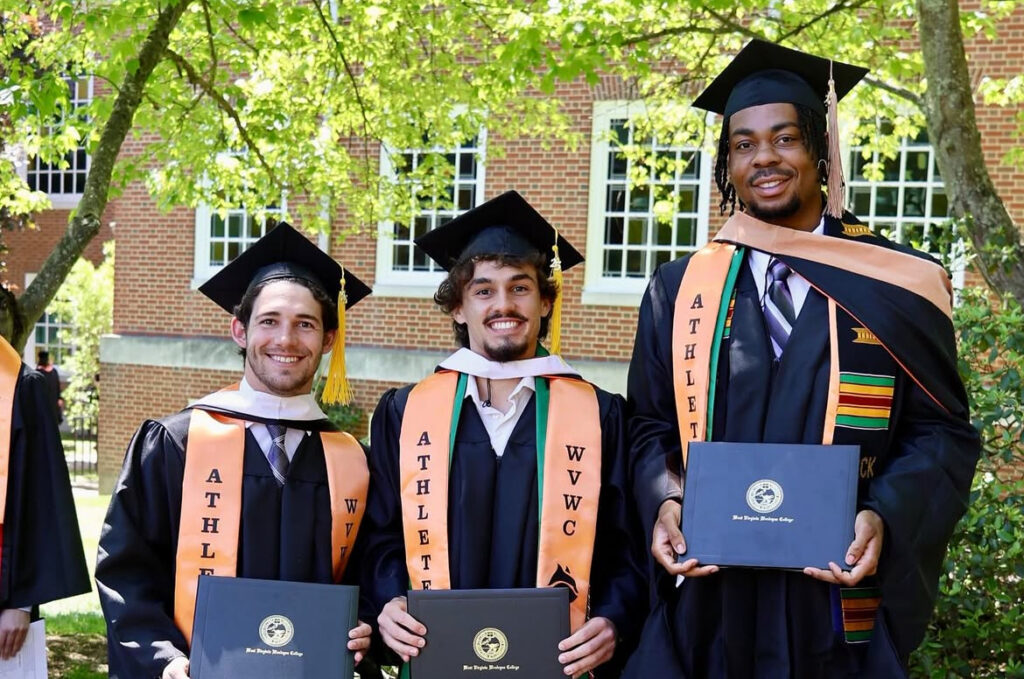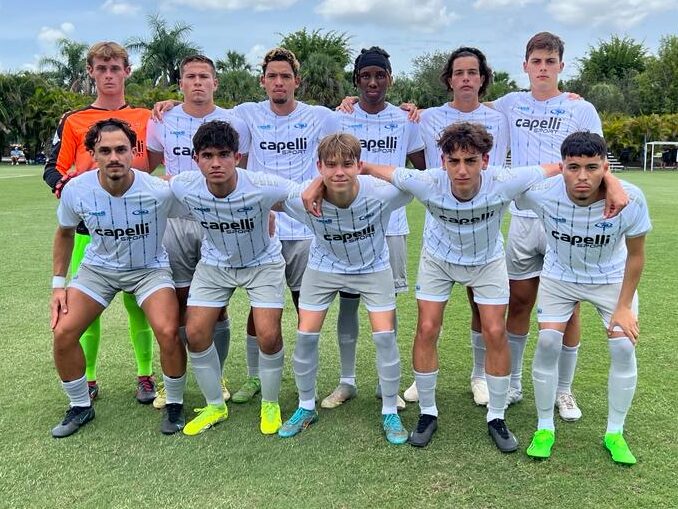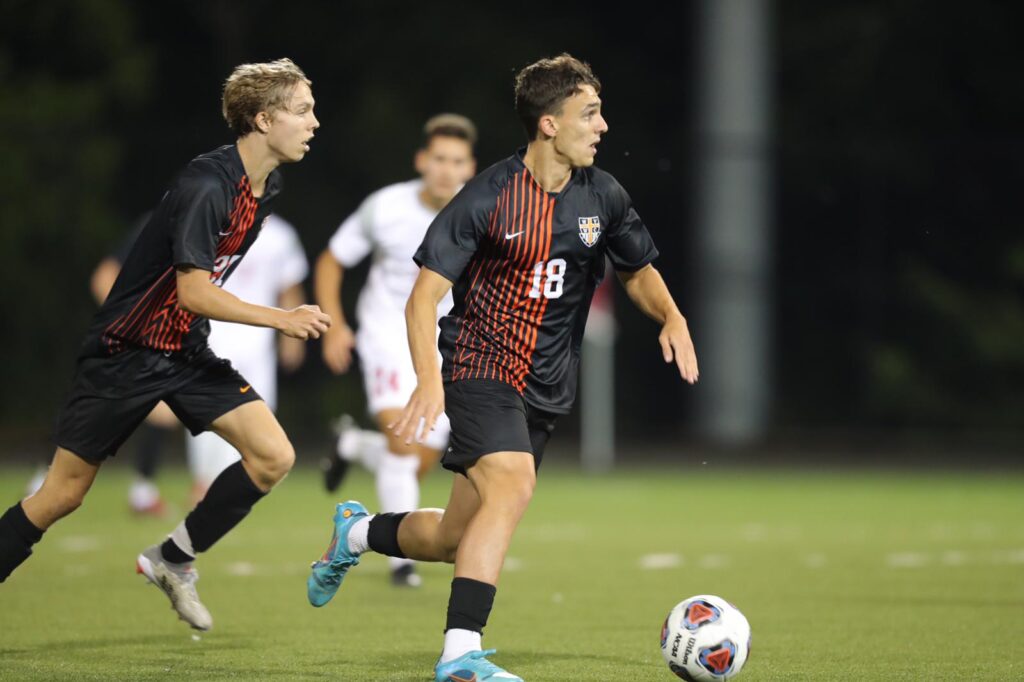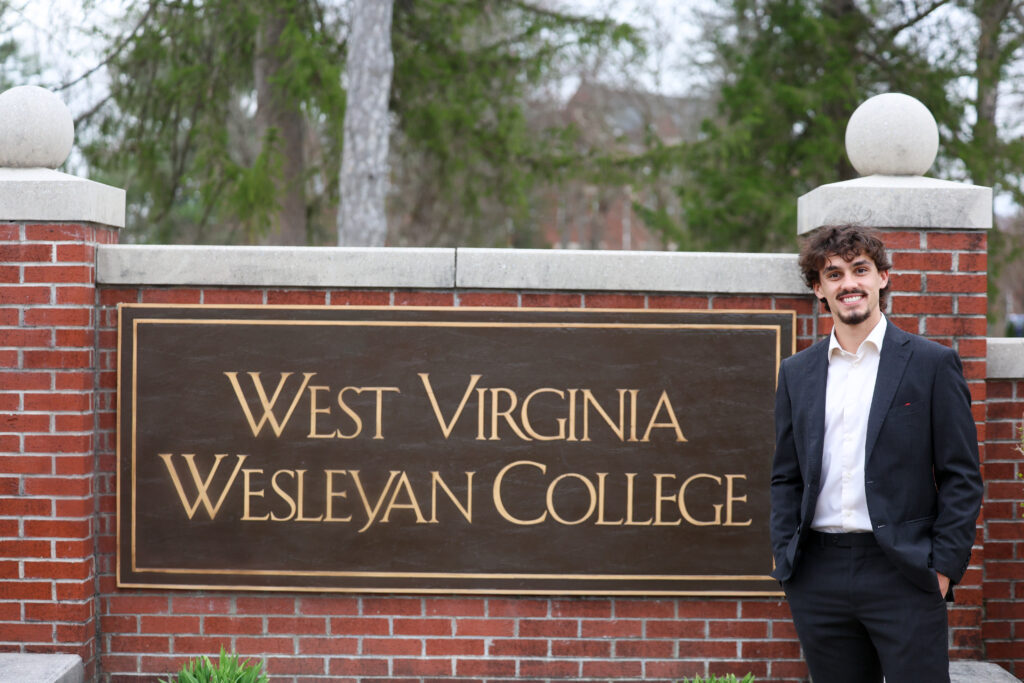New York City, home to some of the world’s leading universities and a vibrant global talent hub, is also a major gateway for international STEM students. According to the 2024 Open Doors report, over 1.1 million international students are enrolled at U.S. institutions, with graduate STEM enrollment reaching 502,291, an 8% increase, marking an all-time high. In New York State alone, more than 100,000 international students attended colleges during the 2022–23 academic year, nearly 40% of them at the graduate level.
This international momentum aligns with the journey of one standout Brazilian talent: Pedro Henrique da Silva Parmezani, a Brazilian-born former NCAA athlete and applied physicist, now aiming for a master’s in Systems Engineering in the U.S. with a stopover likely in Manhattan’s influential academic circle.

Pedro’s trajectory began in Brazil, living in eight different cities during childhood. At 15, he took a defining leap, moving alone to the U.S. to pursue academics and soccer. He graduated Magna Cum Laude in Applied Physics and Mathematics from West Virginia Wesleyan College with a 3.84 GPA and earned top honors: Outstanding Physics/Engineering Award, Senior Academic and Leadership Achievement Award, and a place on the All‑Mountain East Conference Academic Team.
“Studying in the U.S. taught me how to lead myself, and that resilience paved the way for my work in science, sport, and engineering,” Pedro shares. Under the prestigious SURE grant, Pedro launched a research project: “Gamma Rays in Nuclear Physics: Research and Applications”. He tested materials, from traditional metals like lead and copper to unconventional lightweight plastics, for gamma-ray shielding using isotopes Cs-137 and Co-60 and advanced MATLAB simulations.
“We found that lightweight plastics can protect nearly as well as heavy metals, critical when every ounce counts, like in aerospace or medicine,” he explains.
His findings have practical implications for radiation safety in medical imaging, nuclear environments, and potentially in deep-space missions, showcasing the kind of multidisciplinary innovation that Manhattan’s scientific institutions increasingly prize.
Leadership, Systems Thinking, and a Global Vision


Pedro isn’t just a researcher, his past roles include NCAA Division II soccer team captain, Resident Assistant, Vice President of the International Student Organization, and Fellowship of Christian Athletes leader. Fluent in Portuguese, English, and Spanish, he now applies for postgraduate programs in Systems Engineering with a focus on logistics, supply-chain resilience, and aerospace systems.
“For me, engineering science is about people and impact, not just numbers,” he says. “My goal is to lead projects that improve how we live, travel, and support communities.”
New York’s universities, NYU, Columbia, CUNY, and myriad research centers, are deeply international: New York hosts nearly 10% of all U.S. international students, with graduate research programs that are 40–45% international. These students inject over $50 billion into the U.S. economy and drive innovation in a city widely known for supporting startups and global enterprise.
Pedro is already exploring collaborations with Manhattan’s academic institutions, aiming to integrate data‑driven systems thinking into logistics and smart manufacturing sectors, fields deeply rooted in the city’s innovation ecosystem.
“Manhattan’s blend of global opportunity and high-tech ambition is exactly where interdisciplinary research belongs,” he notes. “I hope to collaborate with local universities on projects that optimize systems for societal good.”
Pedro represents a wave of international STEM graduates, the kind that Manhattan depends on. With STEM master’s enrollment at record highs and international students fueling new programs and labs nationwide, cities like New York are investing heavily in retaining such talent.
Pedro’s up-close experience with research, leadership, and multicultural collaboration positions him to contribute meaningfully to New York’s future, or wherever his next steps take him.

